Asus 2014 Annual Report Download - page 84
Download and view the complete annual report
Please find page 84 of the 2014 Asus annual report below. You can navigate through the pages in the report by either clicking on the pages listed below, or by using the keyword search tool below to find specific information within the annual report.-
 1
1 -
 2
2 -
 3
3 -
 4
4 -
 5
5 -
 6
6 -
 7
7 -
 8
8 -
 9
9 -
 10
10 -
 11
11 -
 12
12 -
 13
13 -
 14
14 -
 15
15 -
 16
16 -
 17
17 -
 18
18 -
 19
19 -
 20
20 -
 21
21 -
 22
22 -
 23
23 -
 24
24 -
 25
25 -
 26
26 -
 27
27 -
 28
28 -
 29
29 -
 30
30 -
 31
31 -
 32
32 -
 33
33 -
 34
34 -
 35
35 -
 36
36 -
 37
37 -
 38
38 -
 39
39 -
 40
40 -
 41
41 -
 42
42 -
 43
43 -
 44
44 -
 45
45 -
 46
46 -
 47
47 -
 48
48 -
 49
49 -
 50
50 -
 51
51 -
 52
52 -
 53
53 -
 54
54 -
 55
55 -
 56
56 -
 57
57 -
 58
58 -
 59
59 -
 60
60 -
 61
61 -
 62
62 -
 63
63 -
 64
64 -
 65
65 -
 66
66 -
 67
67 -
 68
68 -
 69
69 -
 70
70 -
 71
71 -
 72
72 -
 73
73 -
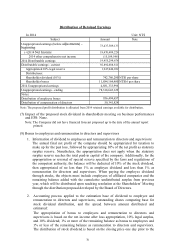 74
74 -
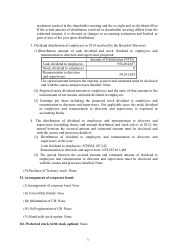 75
75 -
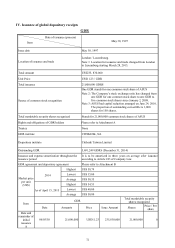 76
76 -
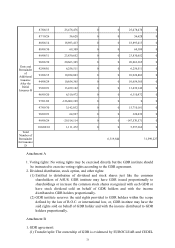 77
77 -
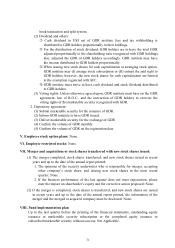 78
78 -
 79
79 -
 80
80 -
 81
81 -
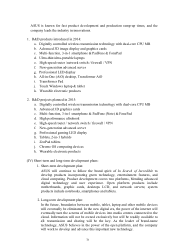 82
82 -
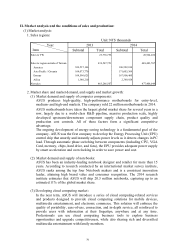 83
83 -
 84
84 -
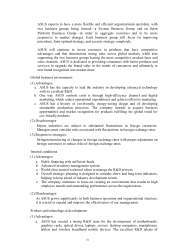 85
85 -
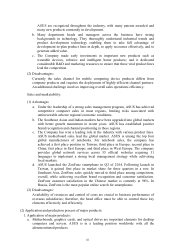 86
86 -
 87
87 -
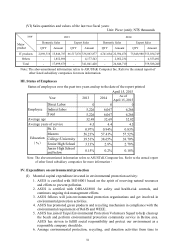 88
88 -
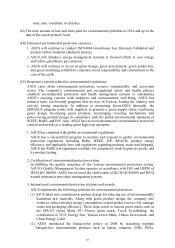 89
89 -
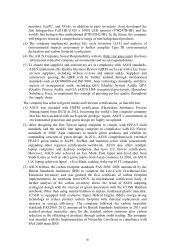 90
90 -
 91
91 -
 92
92 -
 93
93 -
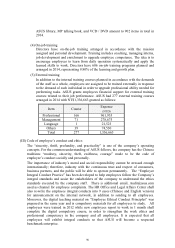 94
94 -
 95
95 -
 96
96 -
 97
97 -
 98
98 -
 99
99 -
 100
100 -
 101
101 -
 102
102 -
 103
103 -
 104
104 -
 105
105 -
 106
106 -
 107
107 -
 108
108 -
 109
109 -
 110
110 -
 111
111 -
 112
112 -
 113
113 -
 114
114 -
 115
115 -
 116
116 -
 117
117 -
 118
118 -
 119
119 -
 120
120 -
 121
121 -
 122
122 -
 123
123 -
 124
124 -
 125
125 -
 126
126 -
 127
127 -
 128
128 -
 129
129 -
 130
130 -
 131
131 -
 132
132 -
 133
133 -
 134
134 -
 135
135 -
 136
136 -
 137
137 -
 138
138 -
 139
139 -
 140
140 -
 141
141 -
 142
142 -
 143
143 -
 144
144 -
 145
145 -
 146
146 -
 147
147 -
 148
148 -
 149
149 -
 150
150 -
 151
151 -
 152
152 -
 153
153 -
 154
154 -
 155
155 -
 156
156 -
 157
157 -
 158
158 -
 159
159 -
 160
160 -
 161
161 -
 162
162 -
 163
163 -
 164
164 -
 165
165 -
 166
166 -
 167
167 -
 168
168 -
 169
169 -
 170
170 -
 171
171 -
 172
172 -
 173
173 -
 174
174 -
 175
175 -
 176
176 -
 177
177 -
 178
178 -
 179
179 -
 180
180 -
 181
181 -
 182
182 -
 183
183 -
 184
184 -
 185
185 -
 186
186 -
 187
187 -
 188
188 -
 189
189 -
 190
190 -
 191
191 -
 192
192 -
 193
193 -
 194
194 -
 195
195 -
 196
196 -
 197
197 -
 198
198 -
 199
199 -
 200
200 -
 201
201 -
 202
202 -
 203
203 -
 204
204 -
 205
205 -
 206
206 -
 207
207 -
 208
208 -
 209
209 -
 210
210 -
 211
211 -
 212
212 -
 213
213 -
 214
214 -
 215
215 -
 216
216 -
 217
217 -
 218
218 -
 219
219 -
 220
220 -
 221
221 -
 222
222 -
 223
223 -
 224
224 -
 225
225 -
 226
226 -
 227
227 -
 228
228 -
 229
229 -
 230
230 -
 231
231 -
 232
232 -
 233
233 -
 234
234 -
 235
235 -
 236
236 -
 237
237 -
 238
238 -
 239
239 -
 240
240 -
 241
241 -
 242
242 -
 243
243 -
 244
244 -
 245
245 -
 246
246 -
 247
247 -
 248
248 -
 249
249 -
 250
250 -
 251
251 -
 252
252 -
 253
253 -
 254
254 -
 255
255 -
 256
256 -
 257
257 -
 258
258 -
 259
259 -
 260
260 -
 261
261 -
 262
262 -
 263
263 -
 264
264 -
 265
265 -
 266
266 -
 267
267 -
 268
268
 |
 |
80
3. Business goals:
ASUS continues to develop products that meet market demands across diverse product
lines. In 2014, the company generated sales revenue of NT$436.3 billion, as sales of new
products continued to increase.
In addition to developing its core businesses in the near term, ASUS will initiate strategic
diversified business operations.
4. Competitiveness, advantages and disadvantages of development, and responsive
strategies:
Industrial development and vision:
(1) Advantages
a. Lightweight and thin notebooks are currently the trend, due to the popularity of
mobile computing. ASUS has been focusing on effectiveness and energy-saving
technology since 2008, with a low power-consumption and Super Hybrid Engine
(SHE) technology developed as the best solution to answer demand for
lightweight, thin and powerful devices. ASUS has mature technology ready for
the market as demand emerges.
b. PC and tablet demand is expected to wane in 2015 as consumers shift to personal
mobile computing devices. ASUS has invested heavily in the development of
tablets and leads the industry in new product launches. The company is currently
among the top three leading tablet manufacturers. In 2014, the new ZenFone was
launched into the smartphone market. Product reviews and sales have been
excellent.
(2) Responsive strategies
Growing public awareness regarding environment issues and conservation is driving
an interest in power-saving technology. Many governments have announced strict
guidelines for electronic products as part of a wider focus on energy conservation.
Enterprise businesses need to consider new global environmental protection polices
as they develop new products. ASUS has been researching and developing lead-free
and cadmium-free “green" motherboards since 2002, and the company has been
introducing other environmentally friendly policies and processes as it develops new
product lines. The first power-saving motherboard with a smart EPU (to save CO2
emission throughout the power-on process) was introduced in 2007.
ASUS has become a leader in developing green technologies. As green production
standards are adopted worldwide to help solve environmental issues, green
technology is becoming a driving force in the economy. Products in conformity with
the EuP directive are ‘green products with environmentally friendly design’ and can
be circulated freely in the European Community. ASUS products clearly
demonstrate a “green” competitive advantage.
ASUS was awarded the Enterprises Ongoing Business Development First Prize in
Taiwan in 2007; also, the company was the first technology enterprise in the world
to receive the EuP directive certification. An ASUS laptop was the first product to
receive Environmental Product Declaration (EPD), BSI Carbon Footprint, and EU
Flower certification in 2010.
